Things to Do in Paris: Your Ultimate Guide to What to Do and See
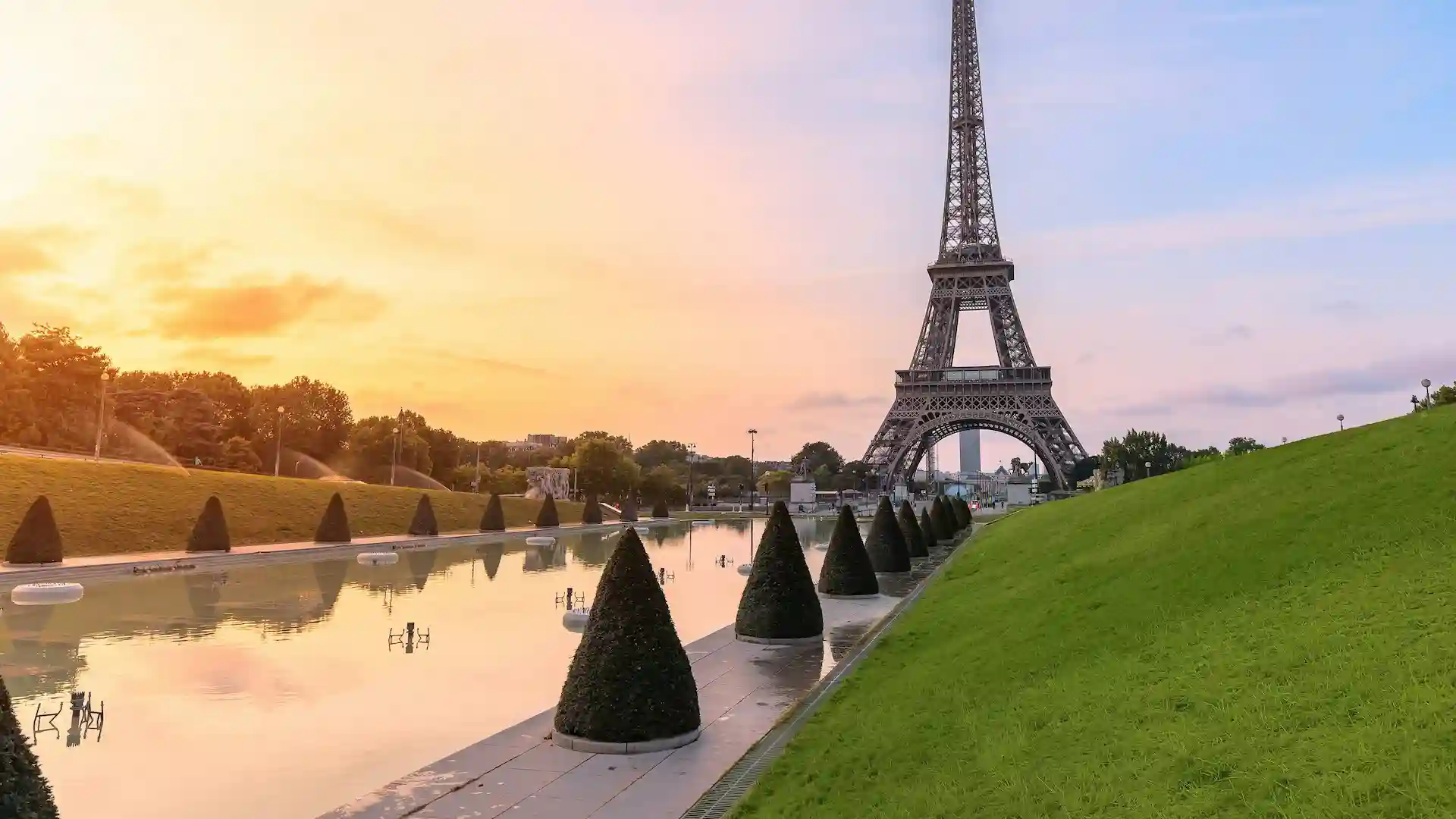
1.
Eiffel TowerBuilt for the 1889 World’s Fair, the Eiffel Tower is a global symbol of France and one of the most-visited attractions in the world. Visitors can ascend its three levels for breathtaking views, dine at its restaurants, or enjoy nightly illuminations. Standing at 324 meters, it was the tallest man-made structure until 1930. It's especially magical at night when it sparkles every hour.
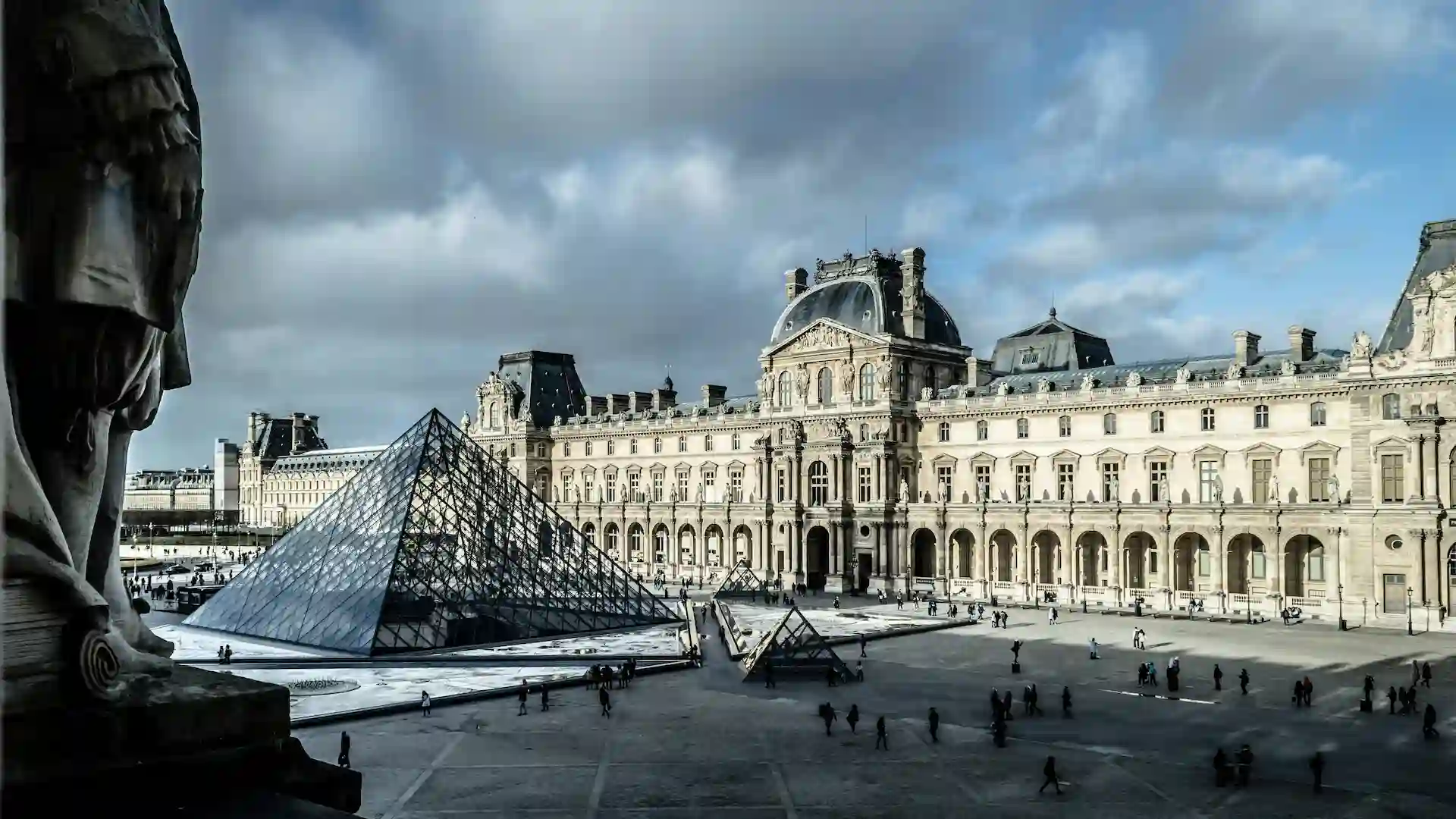
Home to over 35,000 artworks, including the Mona Lisa and Venus de Milo, the Louvre Museum spans centuries of art and history. Housed in a former royal palace, it boasts iconic architecture, including its modern glass pyramid entrance. Visitors can explore vast collections from ancient civilizations to Renaissance masterpieces. A must-visit for art lovers, it attracts millions annually.
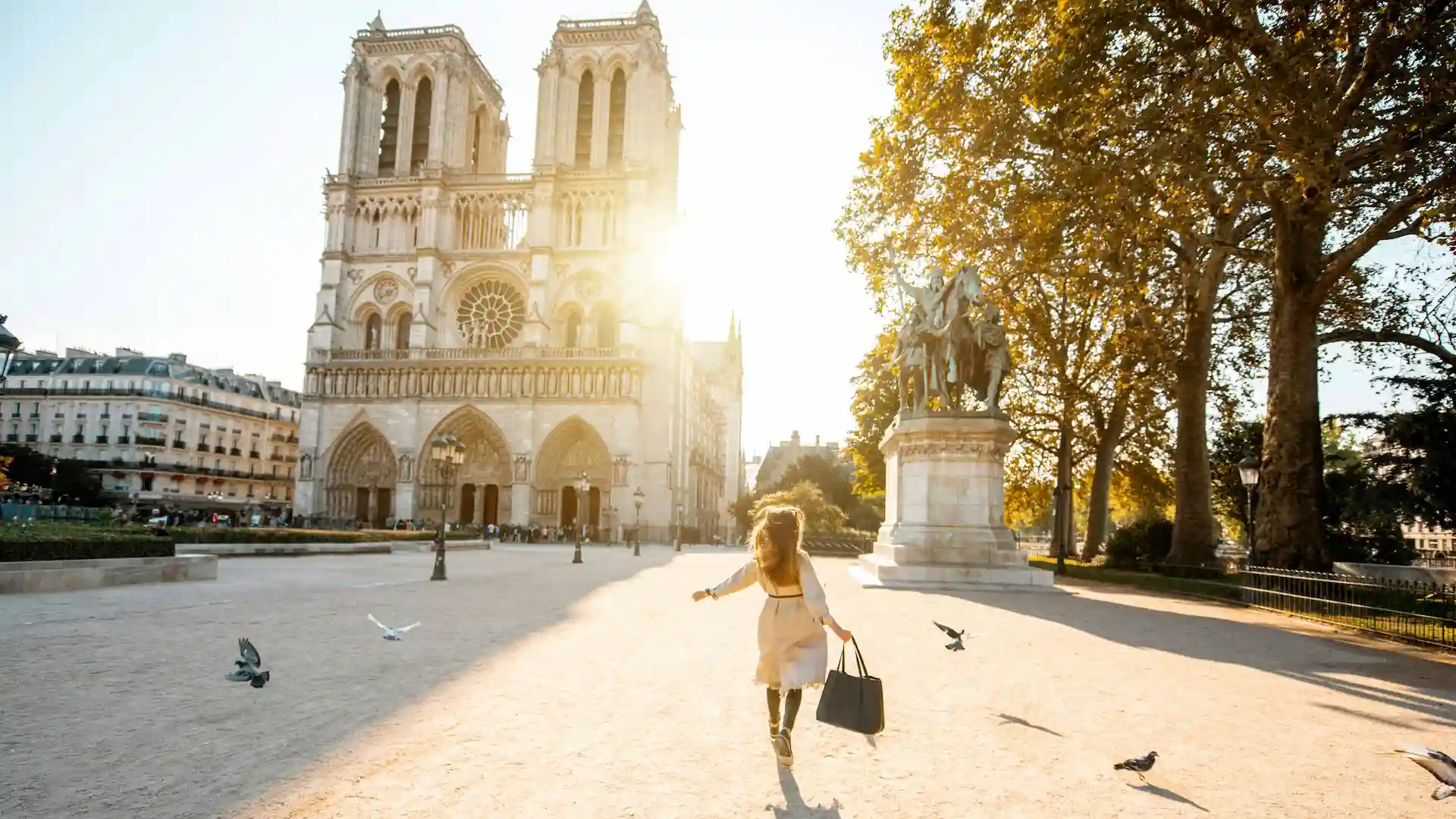
Notre-Dame de Paris is a masterpiece of French Gothic architecture, famous for its flying buttresses, gargoyles, and stunning stained glass. While damaged in a 2019 fire, restoration is underway to preserve its beauty. The cathedral is known for its large organ, bell towers, and association with Victor Hugo’s novel. Visitors can explore its iconic façade and breathtaking interior.
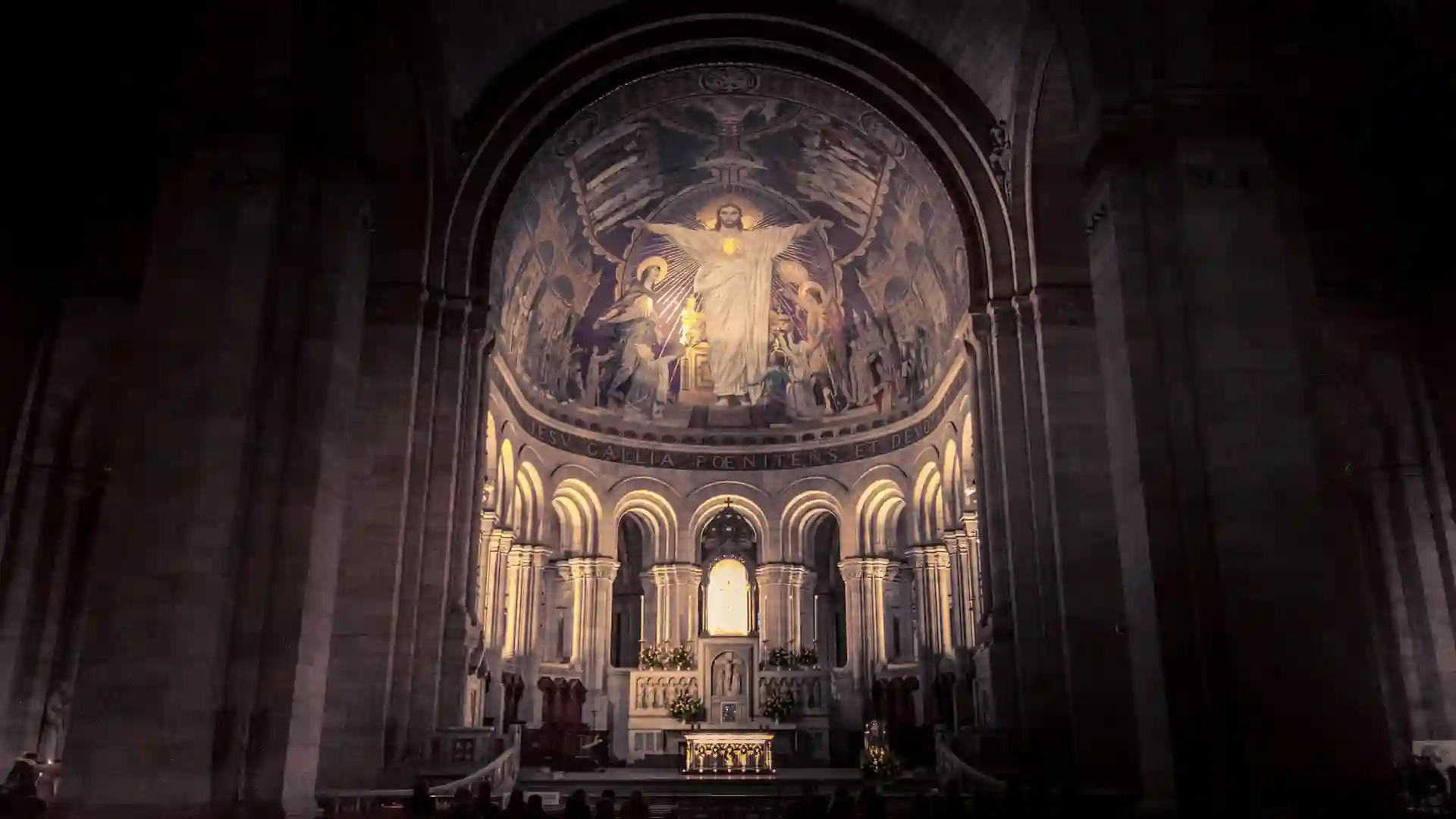
Perched on a hill, Montmartre has been an artist’s haven for centuries, attracting painters like Picasso and Monet. The area is known for its narrow streets, cabarets like the Moulin Rouge, and the stunning Sacré-Cœur Basilica. Visitors can enjoy panoramic views from the basilica's dome and explore quaint cafés and art studios around Place du Tertre.
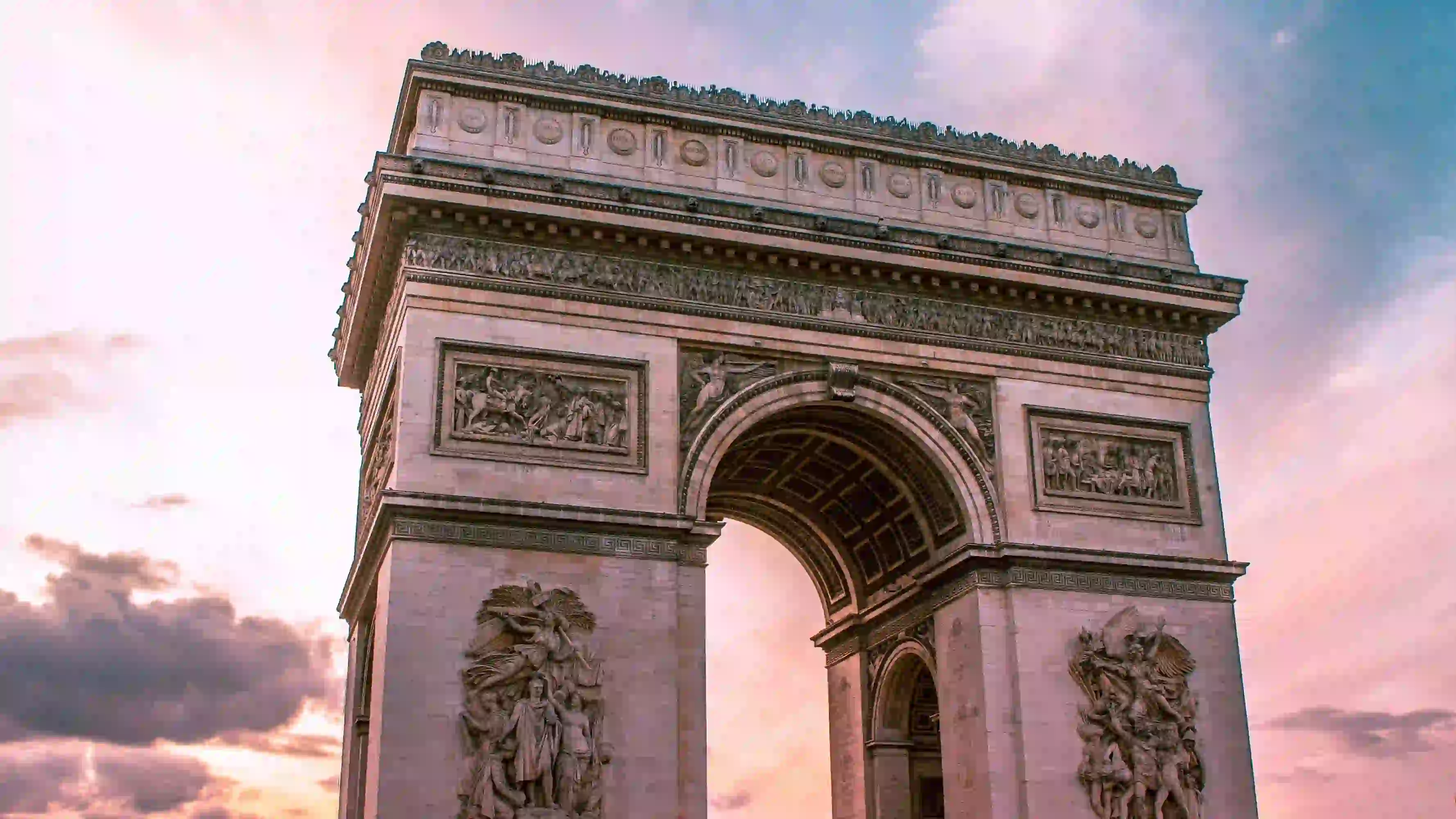
The Champs-Élysées is Paris’s most famous avenue, known for its theaters, cafés, and luxury shops. At its western end stands the Arc de Triomphe, commissioned by Napoleon to honor his army. Visitors can climb to the top of the arch for sweeping views of Paris. This area is particularly festive during national holidays and the Tour de France.
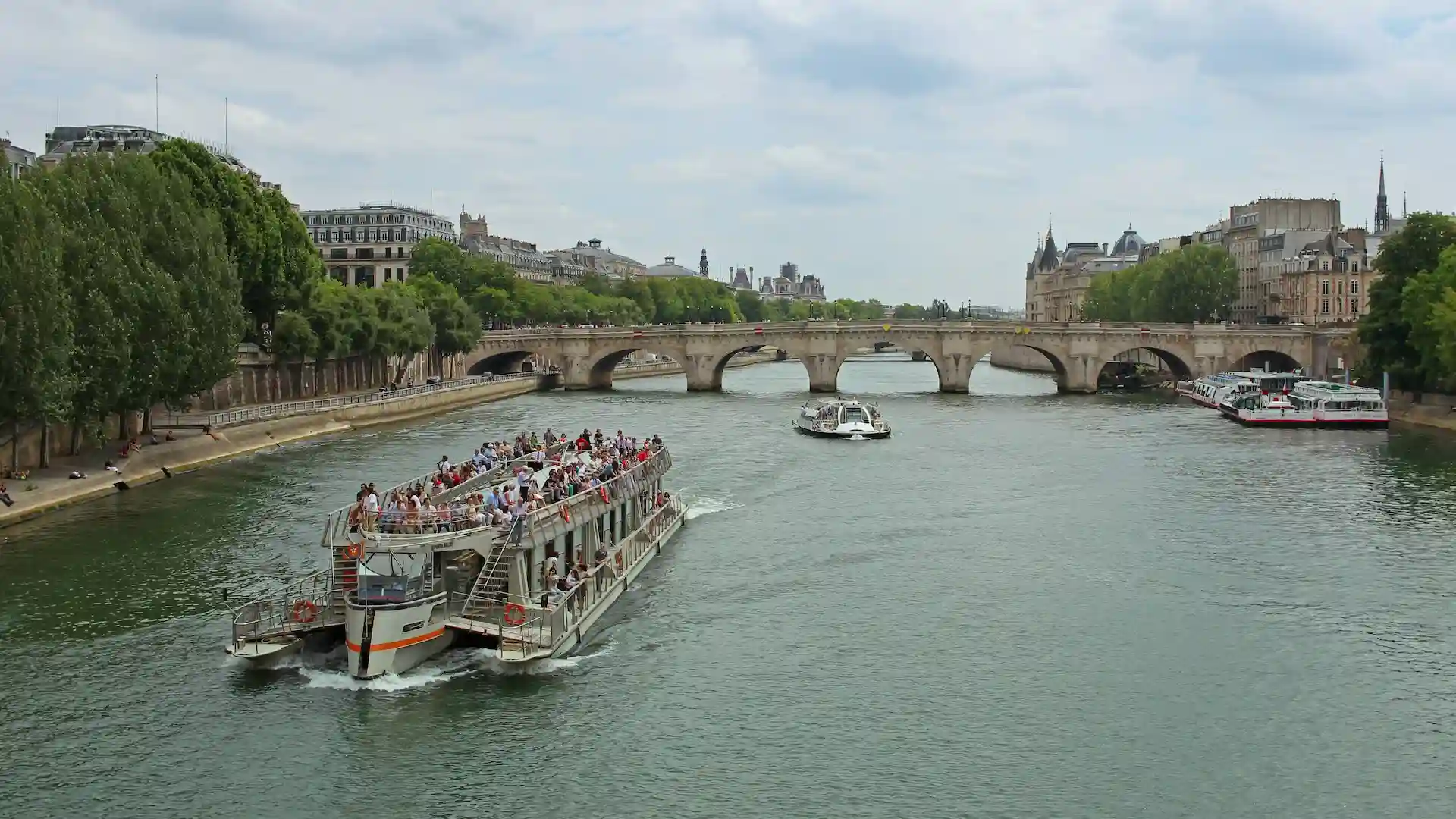
Cruising along the Seine offers a unique perspective of Paris, passing landmarks like the Eiffel Tower, Notre-Dame, and the Louvre. Daytime cruises provide fantastic photo opportunities, while evening cruises showcase the city’s illuminated beauty. Most boats offer commentary on the city’s history, architecture, and culture. A Seine cruise is an unforgettable way to experience Paris.
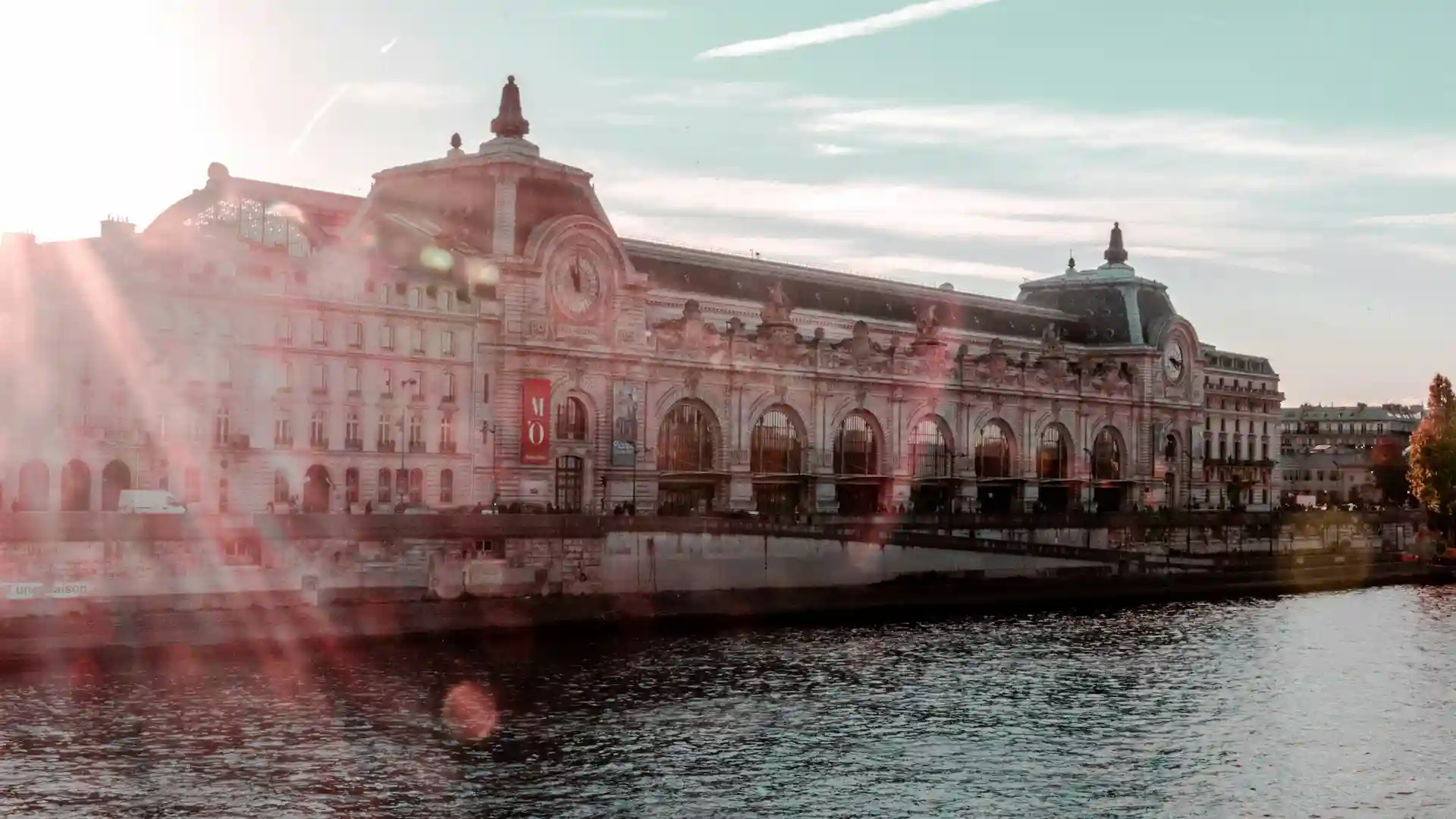
The Musée d'Orsay houses one of the world’s finest collections of Impressionist and post-Impressionist art, including works by Monet, Van Gogh, and Renoir. Located in a beautifully converted Beaux-Arts railway station, the museum spans from 1848 to 1914. Its vast clock and grand central hall add to the experience, making it a favorite among art lovers.
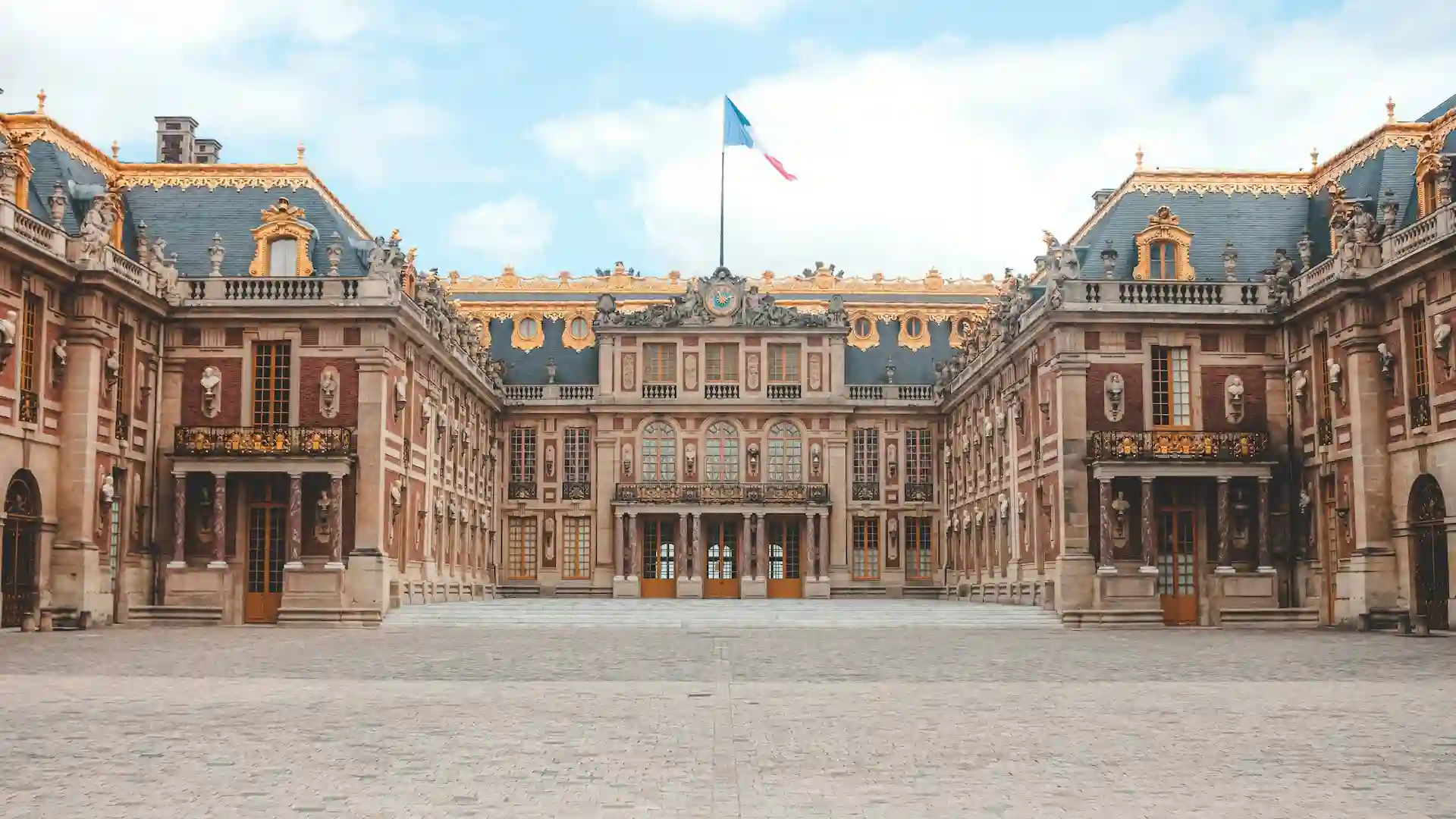
The Palace of Versailles, once home to Louis XIV, is a symbol of French monarchy and opulence. Visitors can tour the Hall of Mirrors, royal apartments, and extensive gardens with fountains and sculptures. The estate also includes Marie Antoinette’s Hamlet, offering a glimpse into royal life. The palace’s grandeur attracts millions each year.
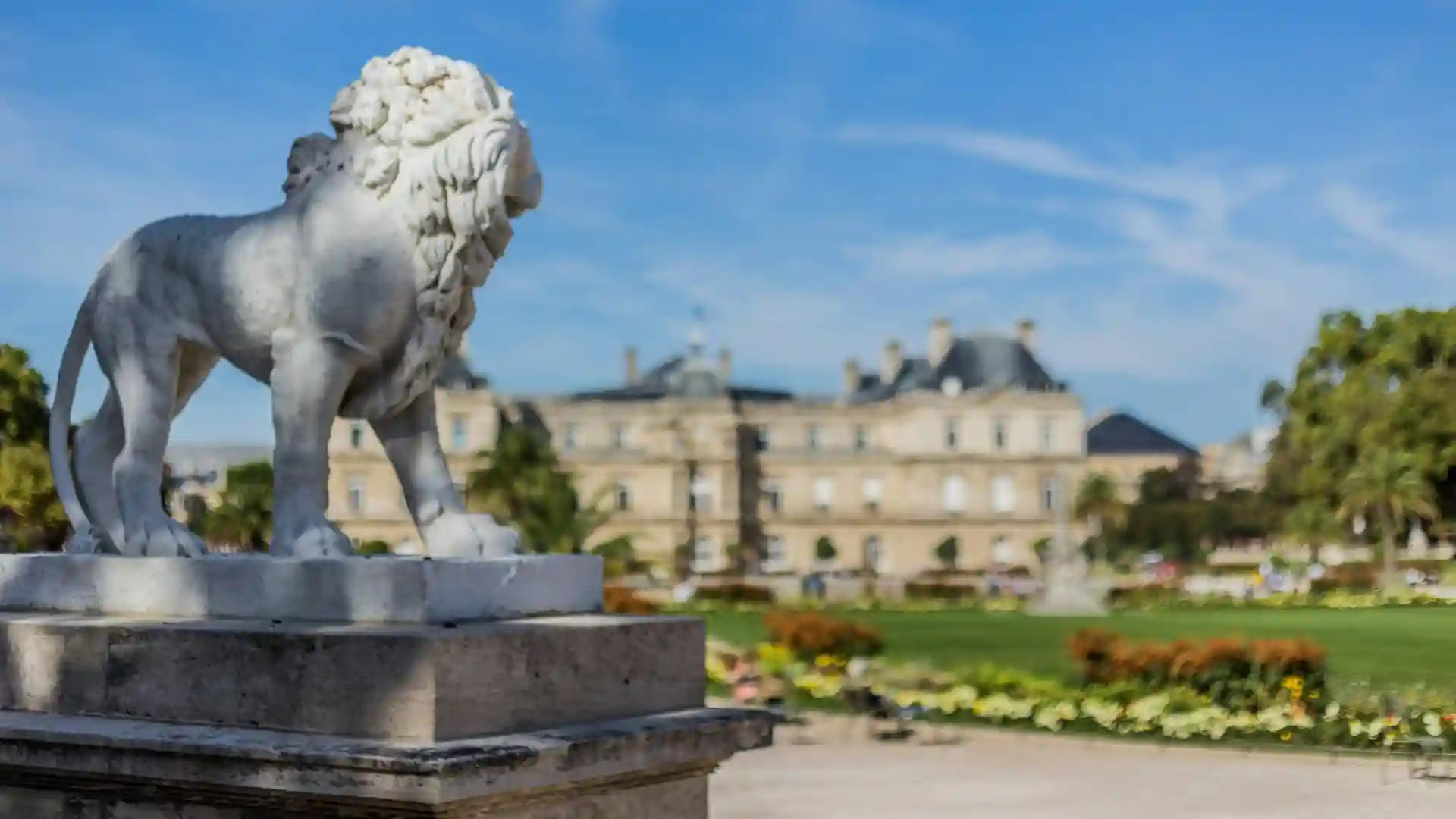
The Luxembourg Gardens, created in the 17th century, offer a peaceful retreat in central Paris. Known for its fountains, statues, and tree-lined promenades, it’s a popular spot for relaxation and picnics. The gardens feature the Medici Fountain, tennis courts, and puppet shows. Parisians and tourists alike enjoy its tranquil beauty and greenery.
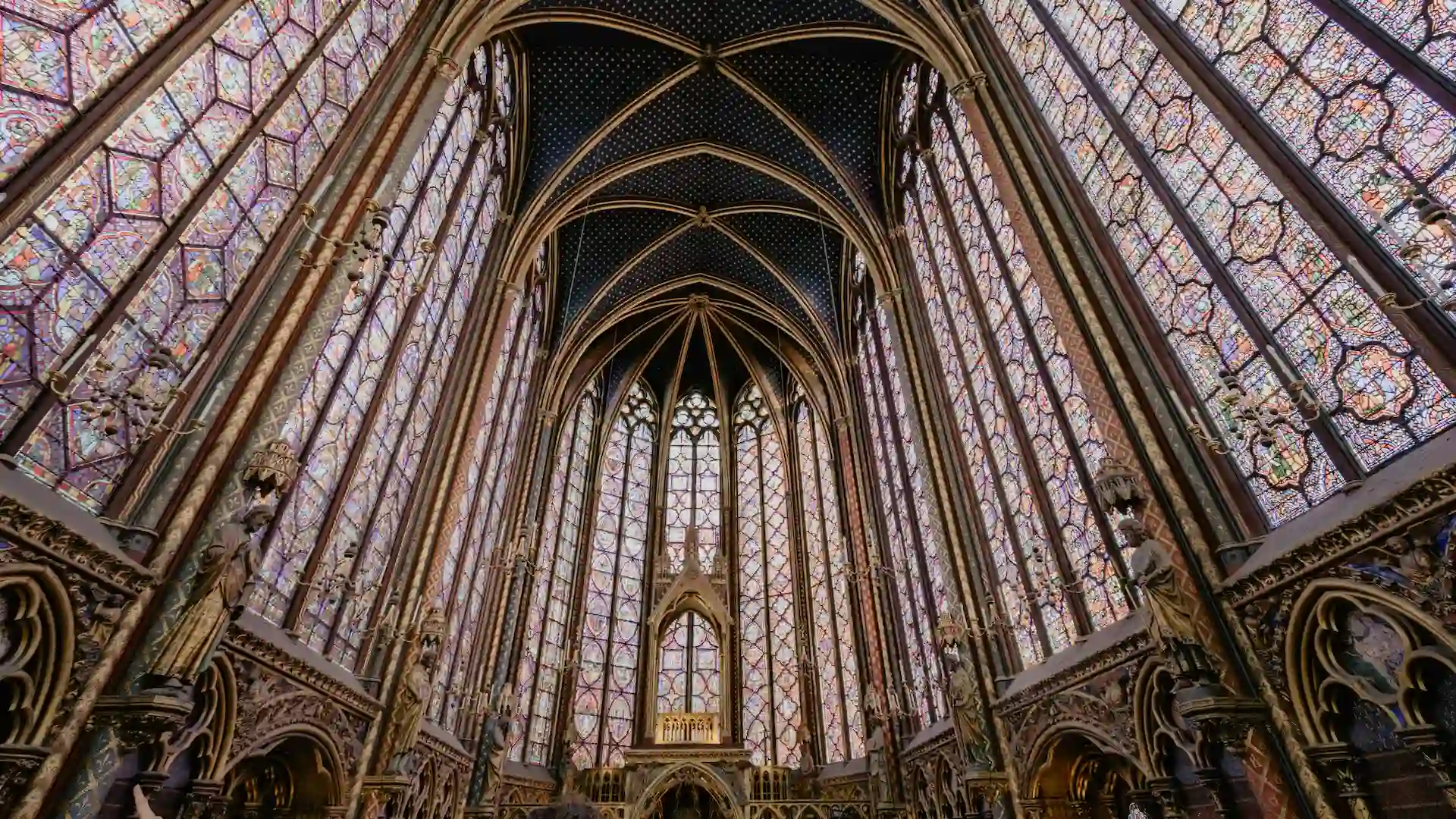
10.
Sainte-ChapelleSainte-Chapelle, built in the 13th century, is celebrated for its stunning stained glass that depicts biblical scenes. Located on Île de la Cité, the chapel was originally part of the royal palace. Its 15 towering windows fill the space with vibrant light, creating an unforgettable visual experience. A gem of Gothic architecture, it’s a must-see in Paris.
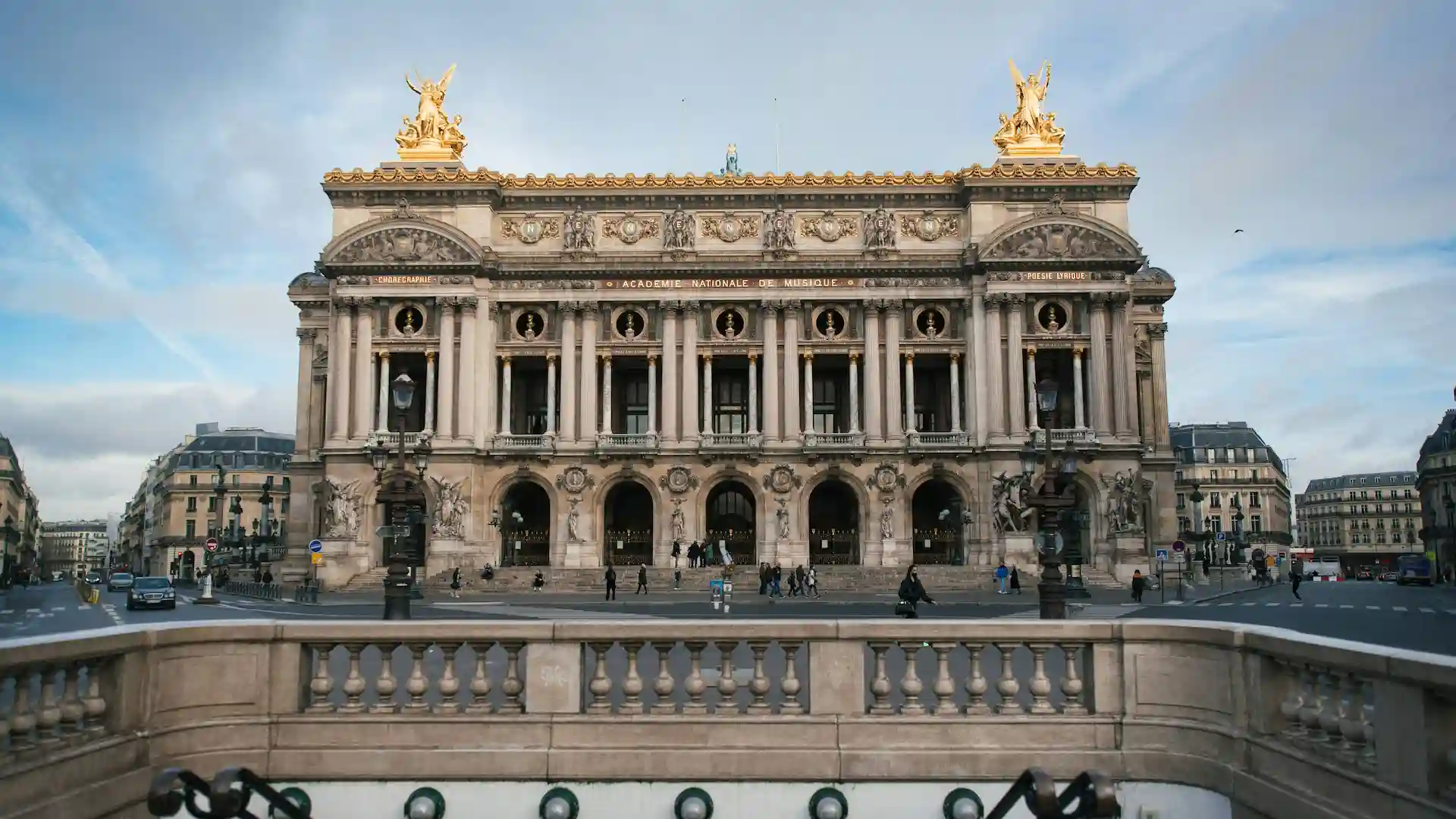
11.
Opéra GarnierThe Opéra Garnier is a masterpiece of 19th-century architecture, designed by Charles Garnier. Known for its grand staircase, lavish interiors, and crystal chandeliers, it inspired Gaston Leroux’s *Phantom of the Opera*. Visitors can tour its magnificent halls or attend performances. The opera house remains a symbol of Parisian cultural heritage.
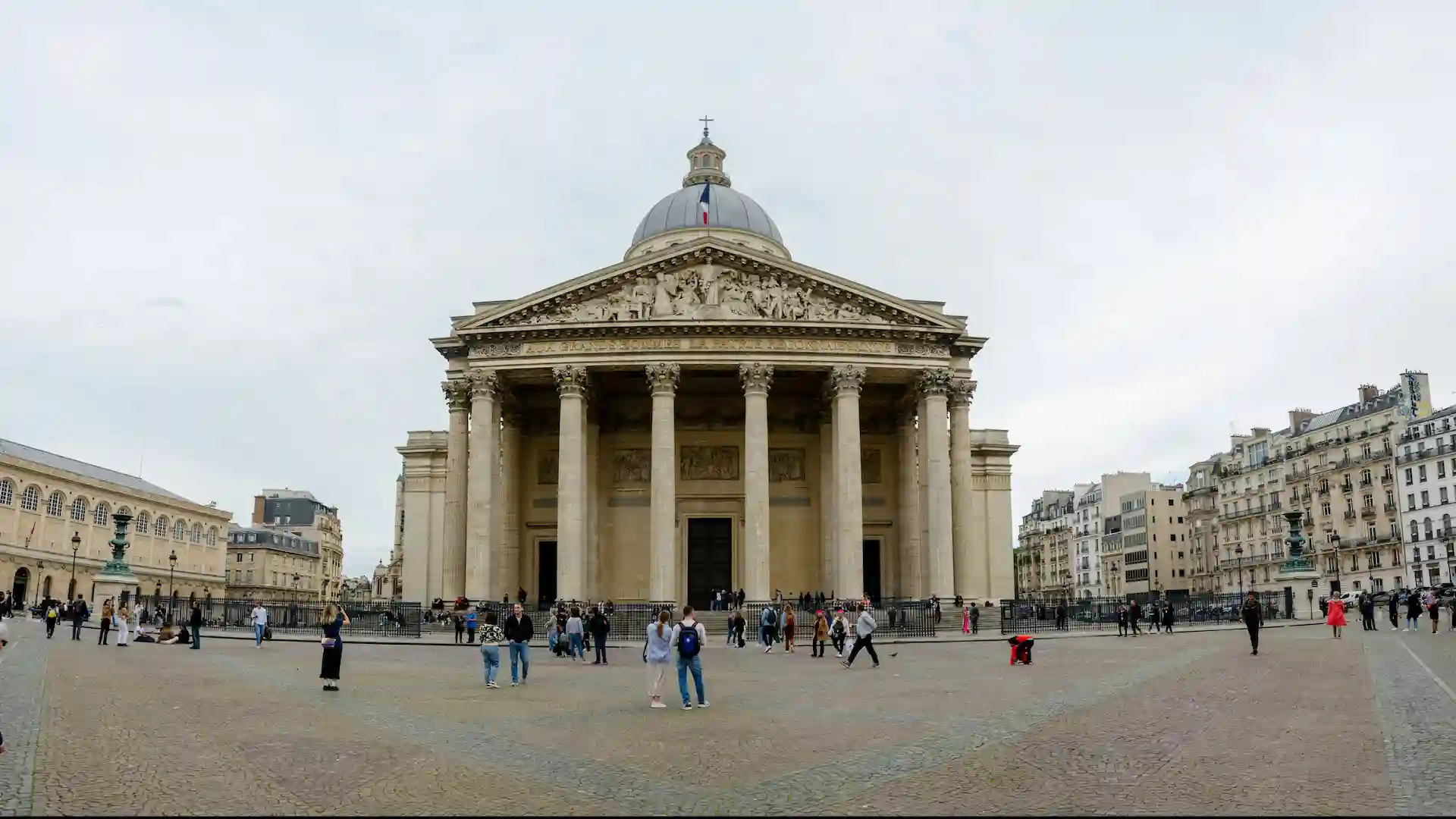
12.
PanthéonOriginally built as a church, the Panthéon is now a mausoleum where France honors its national heroes, including Voltaire and Marie Curie. Its neoclassical architecture and vast dome make it a striking landmark in the Latin Quarter. Visitors can explore crypts and enjoy views of Paris from its colonnade. The Panthéon represents France’s enduring respect for its intellectual and cultural legacy.
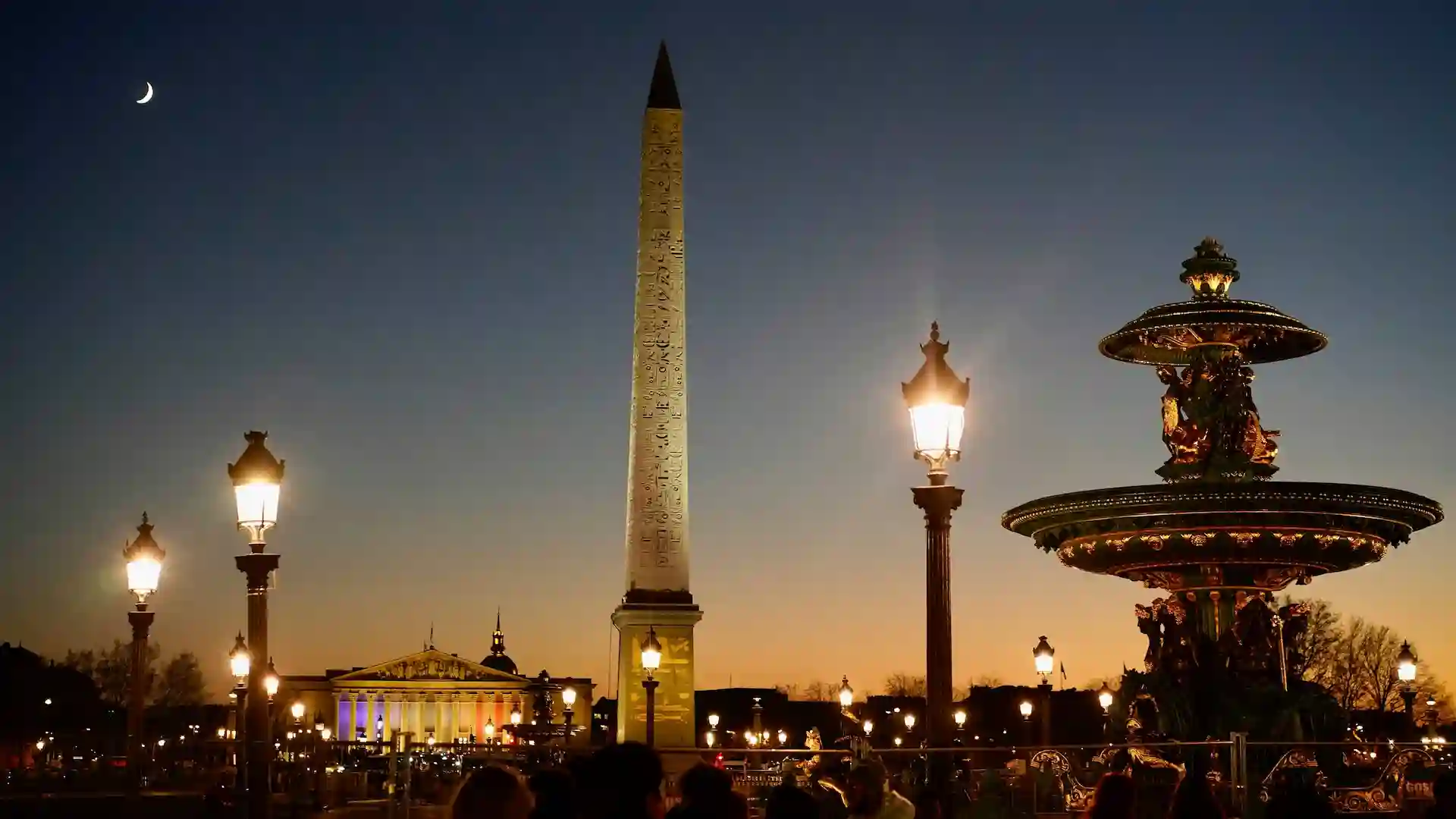
Place de la Concorde is one of Paris’s largest and most historic squares, known for its fountains, statues, and the Luxor Obelisk from Egypt. The square played a major role during the French Revolution, witnessing numerous executions. Today, it serves as a picturesque site, linking the Champs-Élysées and Tuileries Garden, and offering views of nearby landmarks.
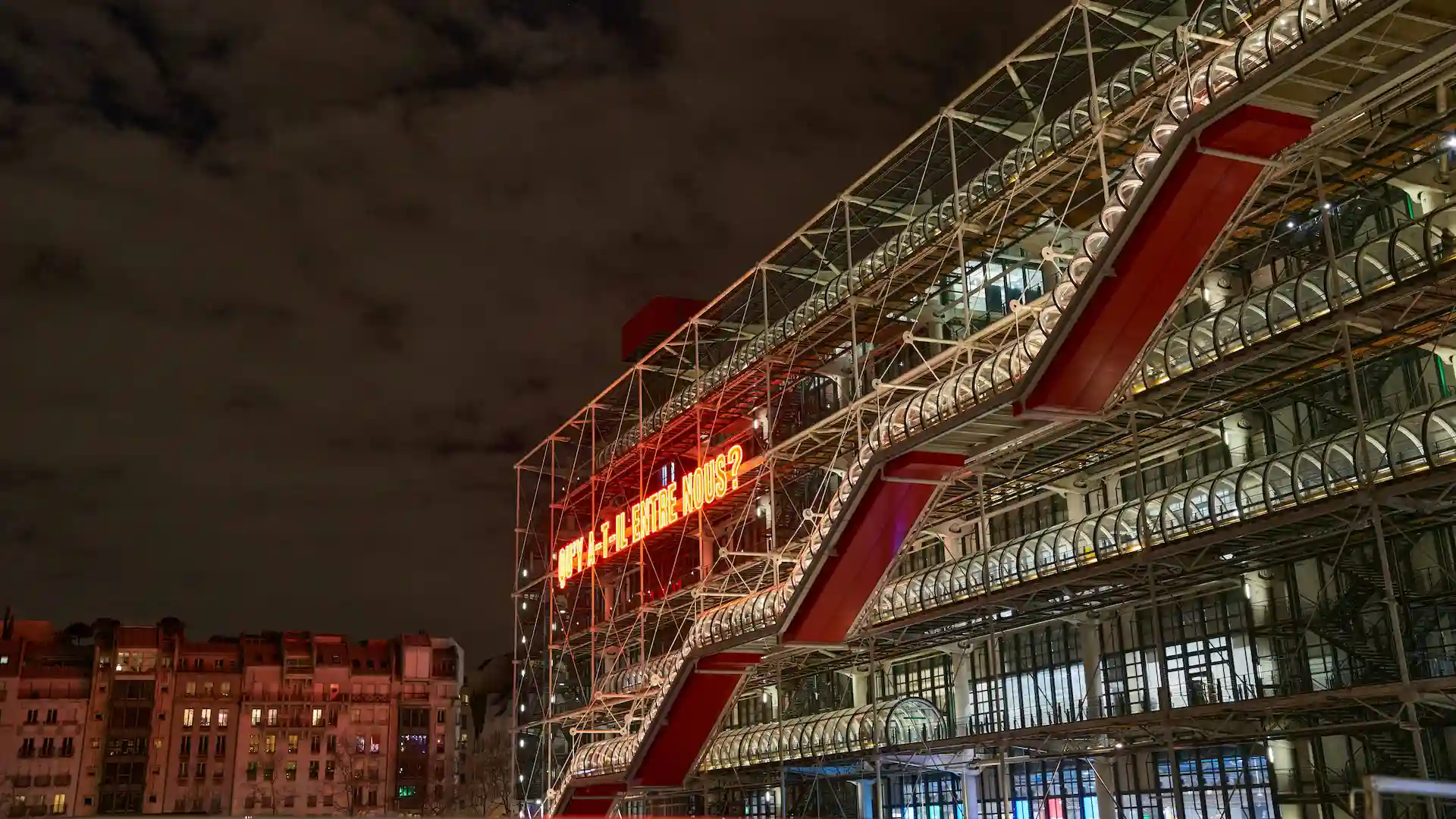
14.
Centre PompidouThe Centre Pompidou stands out for its industrial architecture, featuring exposed pipes and colorful exterior. Inside, it houses a vast collection of modern and contemporary art, from Picasso to Warhol. The building’s rooftop offers panoramic views of Paris. A symbol of modern Paris, the Centre also includes a public library and theaters.
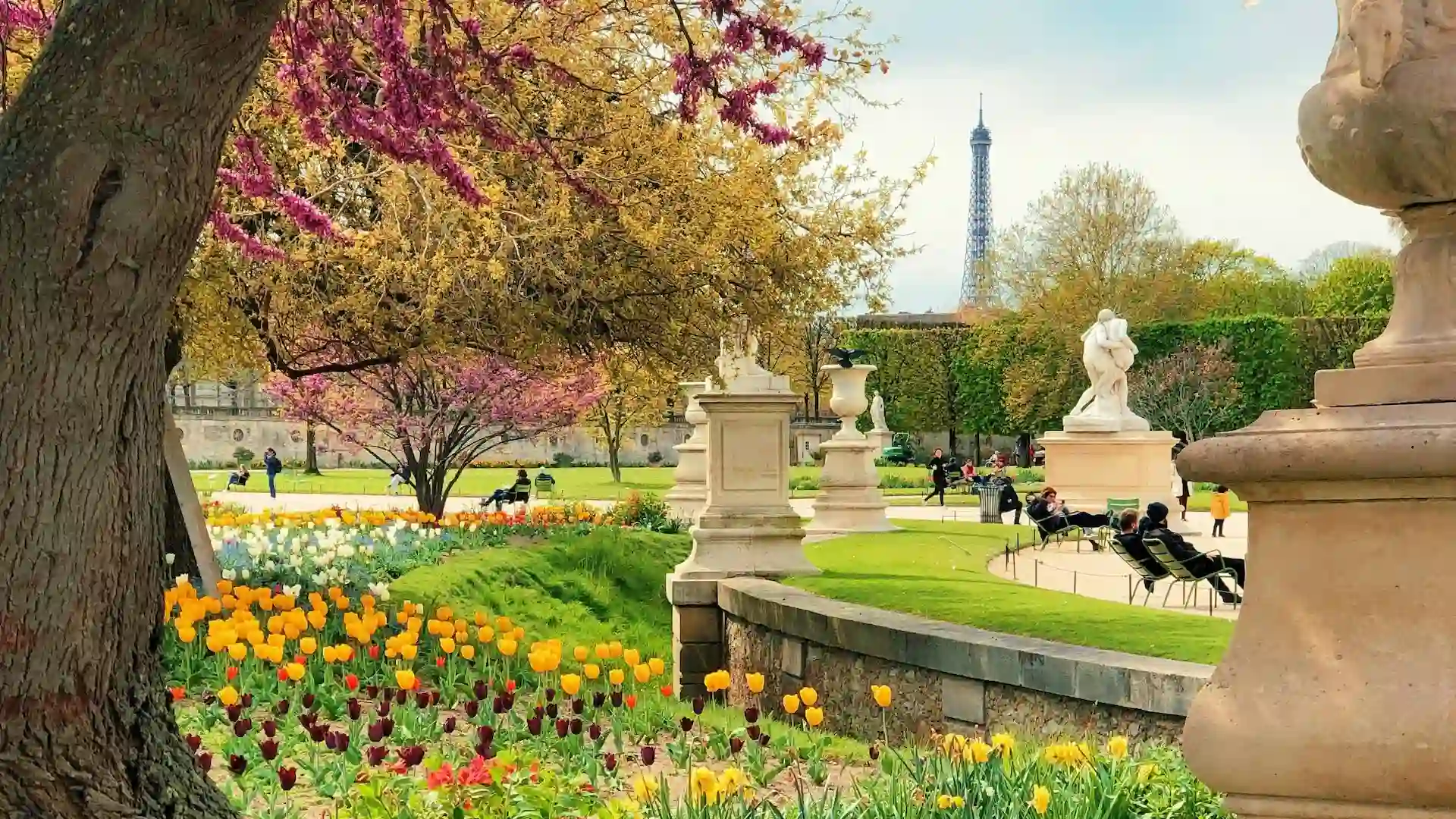
15.
Tuileries GardenThe Tuileries Garden was created in the 16th century as a royal garden. Known for its ponds, sculptures, and meticulously designed paths, it’s a popular spot for relaxation. The garden offers views of major landmarks, including the Eiffel Tower and Arc de Triomphe. It’s a green oasis in the heart of Paris, ideal for a leisurely stroll.
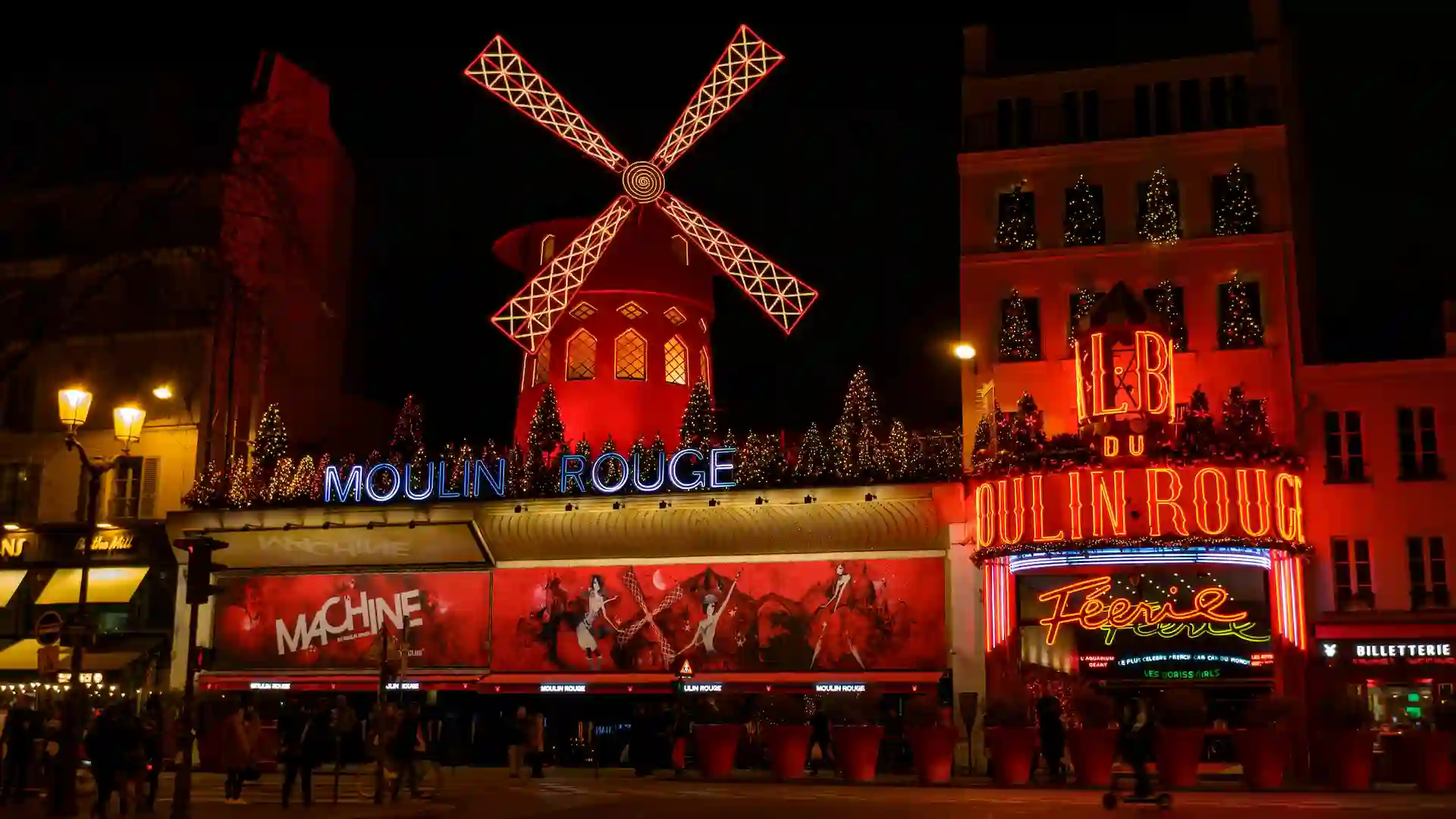
16.
Moulin RougeThe Moulin Rouge, known for its red windmill, has been a symbol of Parisian nightlife since 1889. It’s famous for its can-can dance and opulent performances featuring elaborate costumes and music. The cabaret’s glamorous shows attract visitors worldwide. Its history and lively atmosphere make it a quintessential part of Parisian culture.
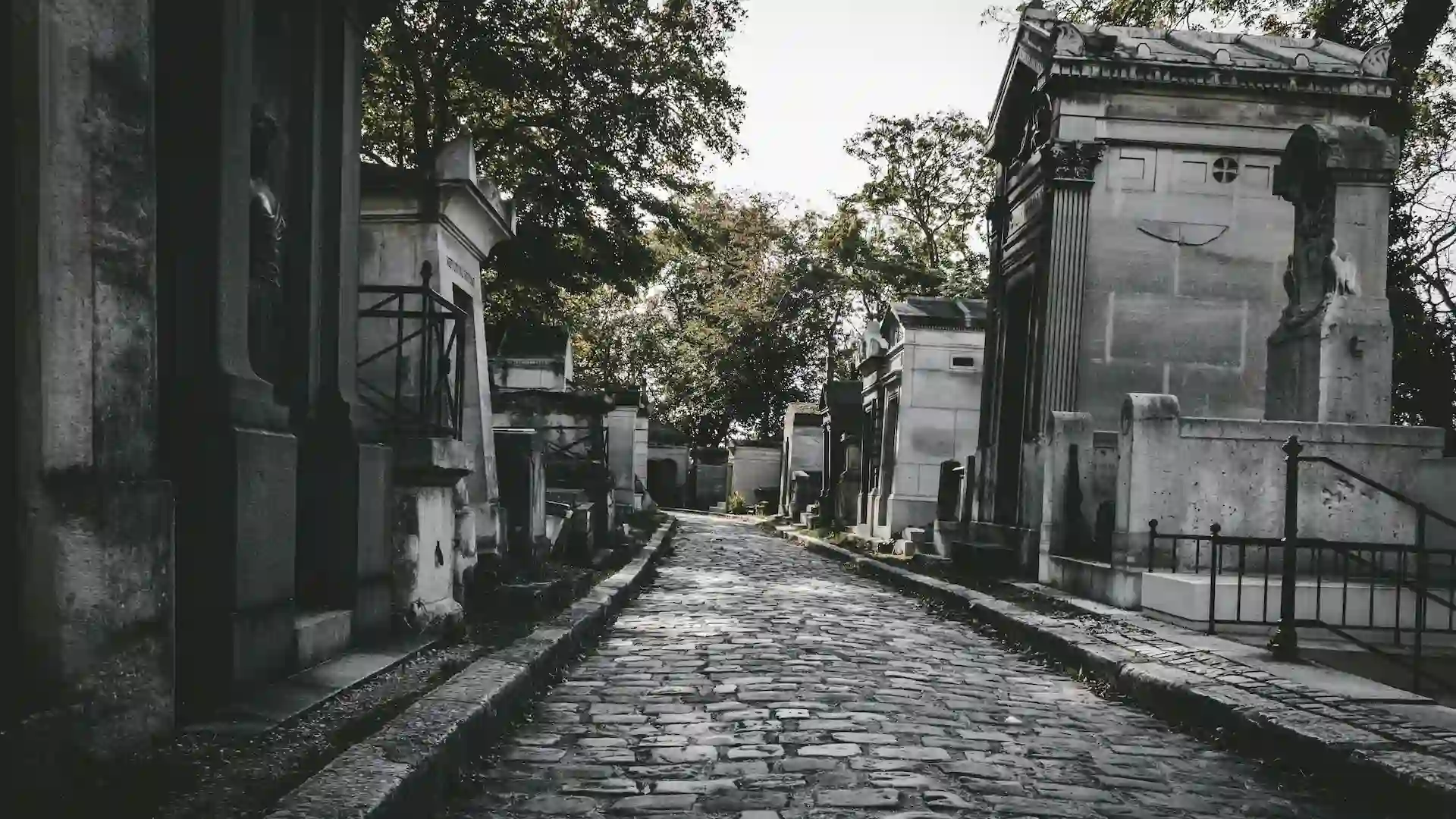
Père Lachaise Cemetery is the final resting place for numerous notable figures, including Jim Morrison, Oscar Wilde, and Édith Piaf. It features beautiful sculptures, towering trees, and winding paths. Visitors come to pay respects and admire the artistry of tombs and monuments. The cemetery’s peaceful ambiance makes it a unique place to visit.
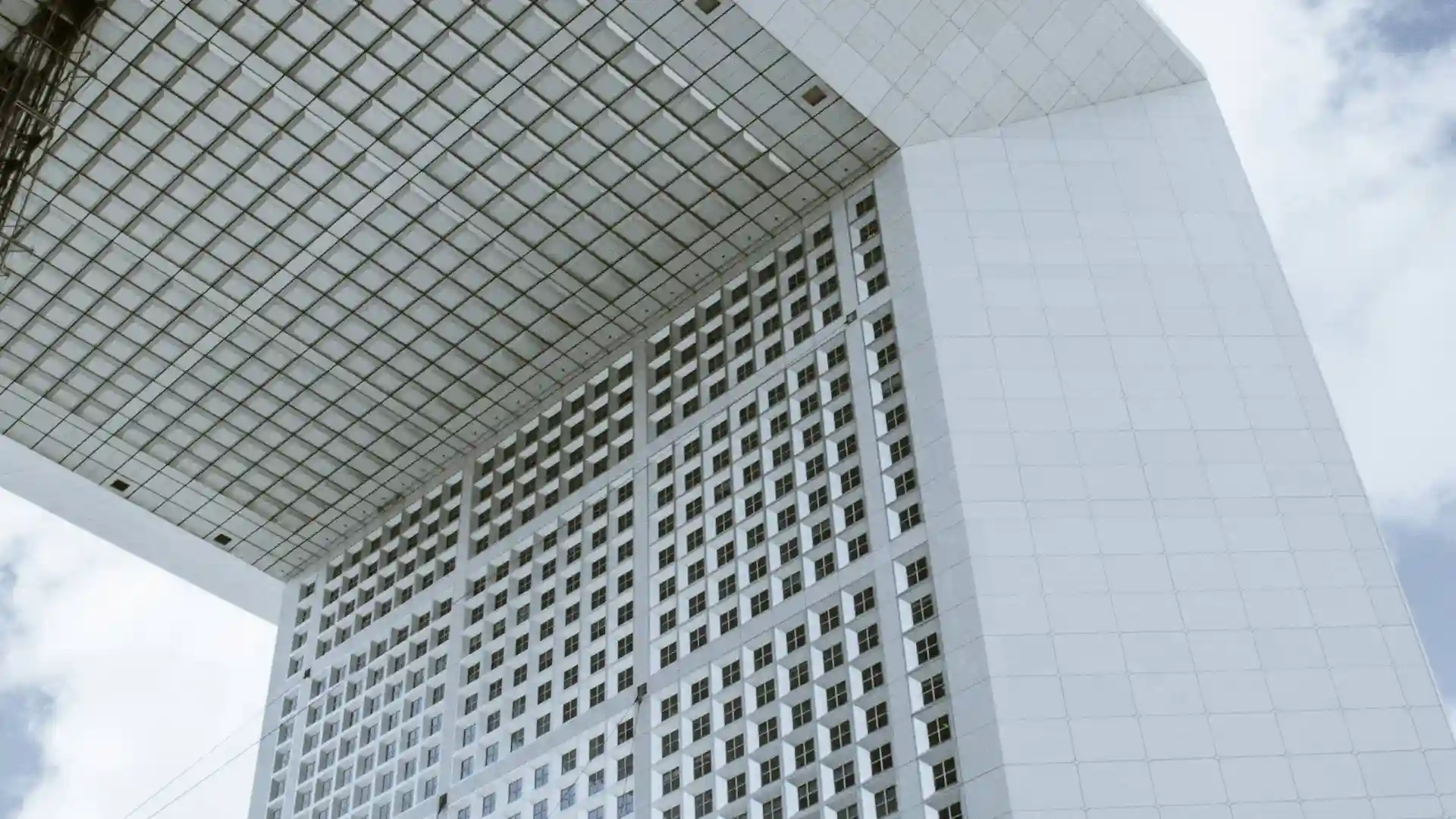
18.
La DéfenseLa Défense is Paris’s major business district, featuring modern skyscrapers, shopping centers, and public art installations. The Grande Arche, a massive cube structure, is a centerpiece. While different from historic Paris, La Défense offers unique views and architectural marvels. It’s also a popular spot for shopping and dining.

19.
Le MaraisLe Marais is known for its medieval architecture, art galleries, boutiques, and vibrant LGBTQ+ community. This neighborhood features narrow streets and historical landmarks, including the Place des Vosges. With a mix of old charm and contemporary culture, Le Marais is popular for shopping, dining, and enjoying the lively atmosphere.
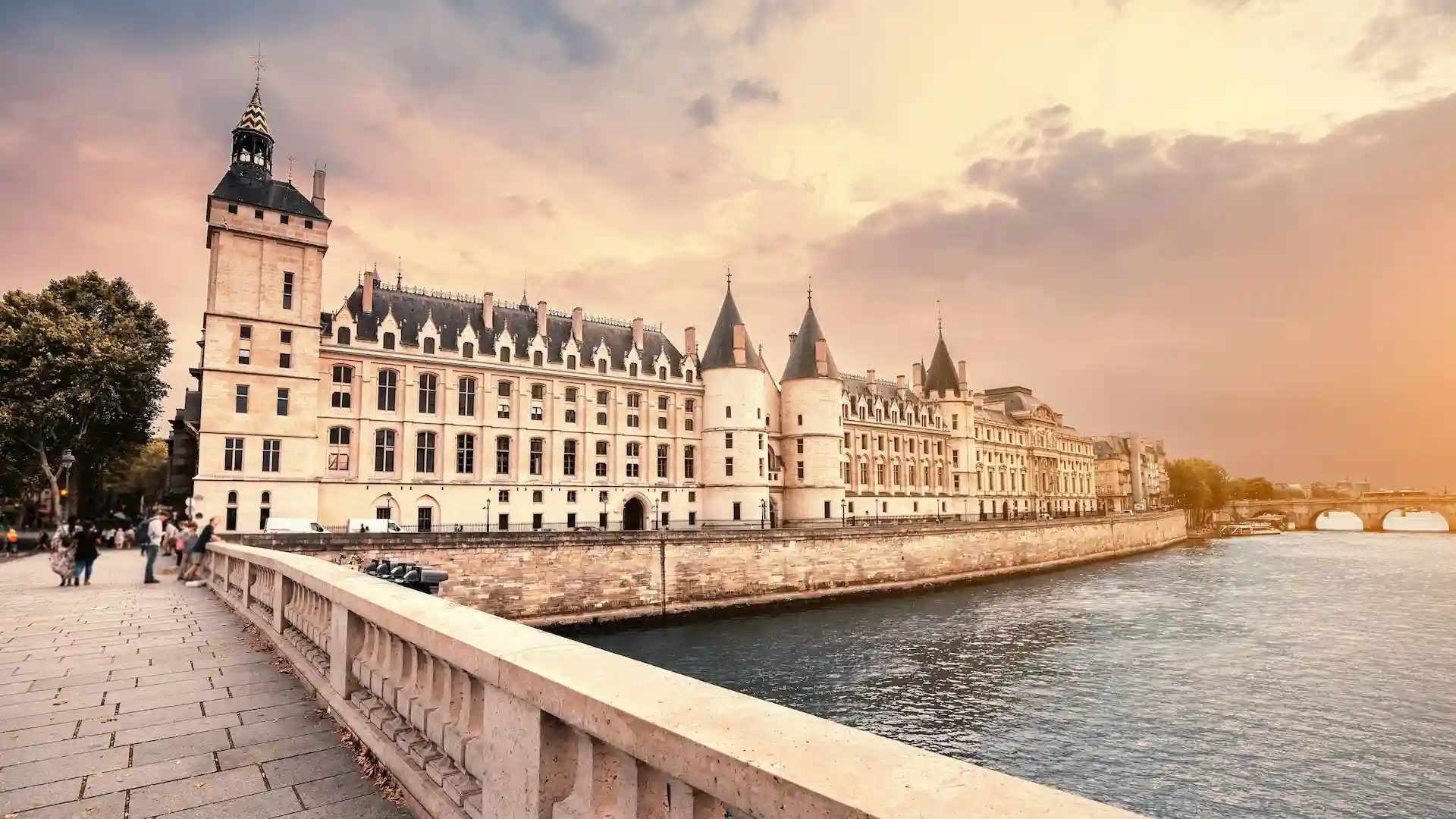
20.
ConciergerieThe Conciergerie served as a palace before becoming a prison, where Marie Antoinette was held before her execution. Located on Île de la Cité, it’s a historic monument with Gothic architecture and halls dating back to medieval times. Visitors can explore its cells and learn about its fascinating history. It’s a unique glimpse into France’s turbulent past.
